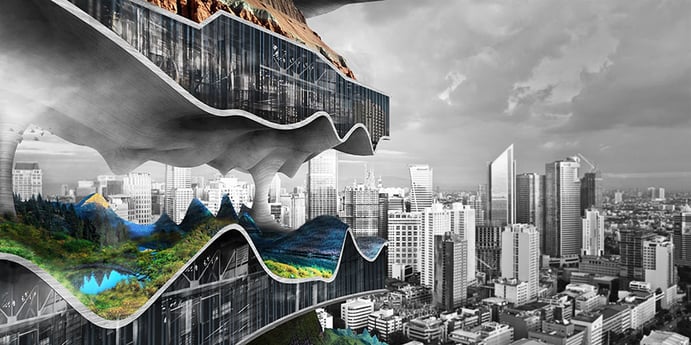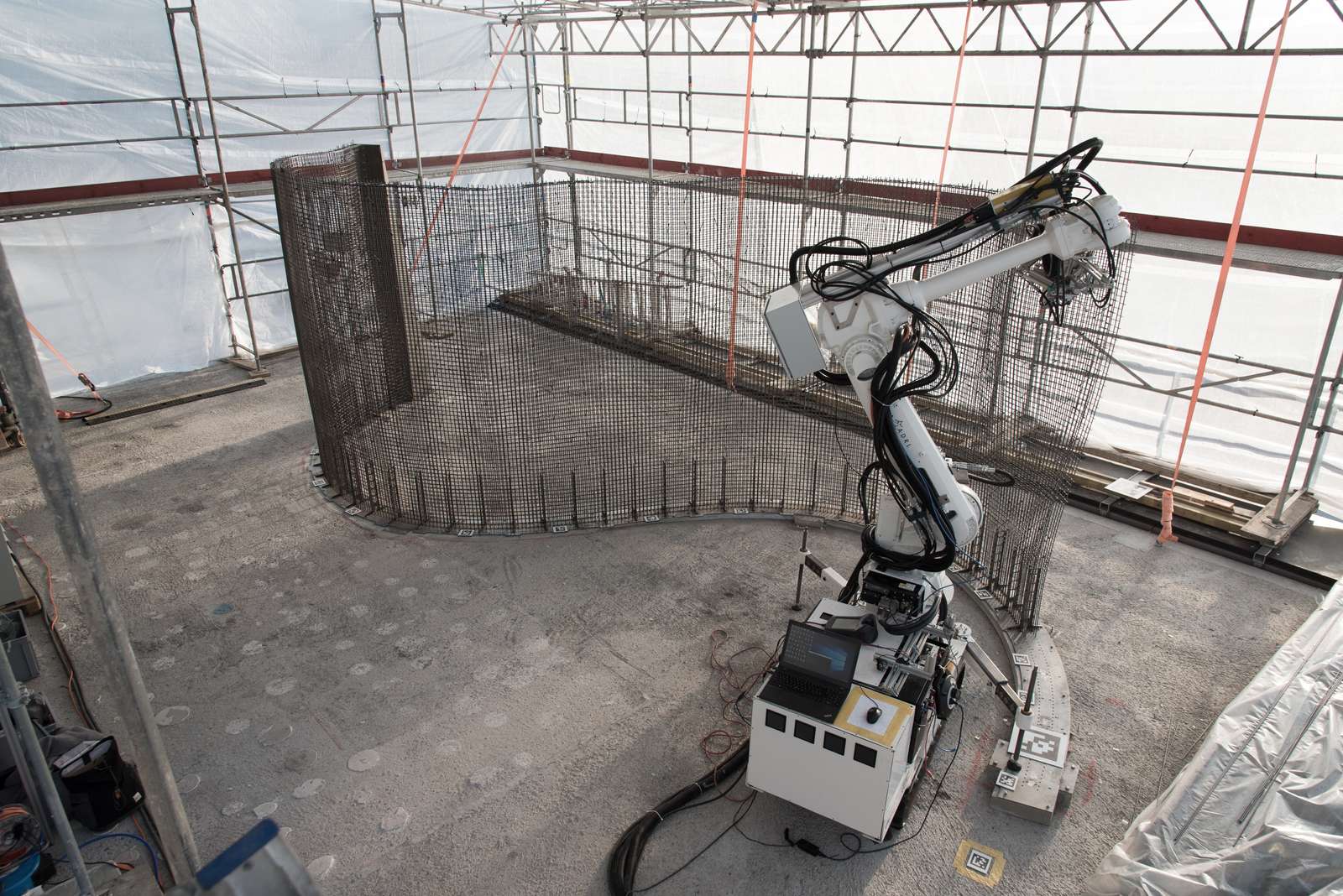By 2025, the number of mega cities (cities with over 10 million inhabitants) will rise from the current 23 to 36. 500 million more people will then live in the 600 largest cities in the world than today. How do we create housing and jobs for everyone? How do we meet the challenges of urban ecology and at the same time meet the needs of global markets? What solutions does the architecture of the future have for overpopulation and environmental pollution and how does it create urban living spaces where we feel comfortable and are productive? The answer: By thinking and building upwards. Skyscrapers have long existed already for living and working. The "vertical factory" is now shifting production to great heights too and simply putting production processes on top of each other. This is resulting in fascinating skyscraper visions.

© eVolo
Sustainable development from the bottom up
Traditionally, the various levels of production processes have been arranged on one level and run in succession or side-by-side. Work occurs on top of each other in vertically organized production. There are two types of "vertical factories," which differ with respect to their structure and organization. With the first version, a complex production process occurs in the entire building – just not horizontally, but rather from the bottom up. With the second version, the different floors of a building house several smaller factories. What also distinguishes these innovative production plants from the traditional models is their inner city location, which is why they are also referred to "vertical urban factories."
Skyscrapers for efficient urban ecology
The advantage of the urban context: The manufacturing process benefits from more qualified employees on site. The proximity to other factories and businesses is also beneficial, because production parts can be procured logically much more easily. The transport routes are shorter than in a rural infrastructure, which saves valuable time. The consumer is also close and the distribution routes are correspondingly short. The "vertical factory” also takes up less space and due to its inner city location makes it possible to architecturally combine living space and working space. That is why the skyscraper factory in the city is interesting from technical factory viewpoints as well as with respect to sustainable development and urban ecology.
City ecosystem: Pioneering skyscraper visions
The US architectural magazine "eVolo" has been holding an annual competition for excellent skyscraper concepts since 2006. The publisher's declared aim is to promote our understanding of vertical architecture and its relationship to our environment, whether natural or artificial. More than 6,000 projects have already been submitted and evaluated. Several architects have reached the top rankings in recent years with the topic of 'vertical factories.'
Multi-sensual architectural experience
In 2015, for example, the "Essence Skyscraper" was crowned the winner. Nature and architecture are in harmony with each other in the skyscraper vision of the Polish office BOMP. Different ecosystems in the form of eleven landscapes are housed here: from 30-meter tall aquariums to tropical rain forest areas to arctic habitats. The architectural experience is multi-sensual: Structures can not only be seen, but also felt, smelled and heard.
Vertical factory in the mega city
Second place in the skyscraper selection went to the project "Vertical Factories in Mega Cities" in 2017. The Chinese architects Tianshu Liu and Linshen Xie are examining the advantages of being able to move factories into the hearts of mega cities. Different architectural layers (manufacturing and leisure time days) are built over each other, whereby every recreational level uses the waste and materials from the production above and below.
Urbanization is progressing in many places. Mega cities will play an important role in the architecture of the future. The demand for new inner city living spaces will be met by modular building concepts. Job opportunities in the city are also increasingly in demand. The concept of the "vertical factory" could be trend-setting here.





